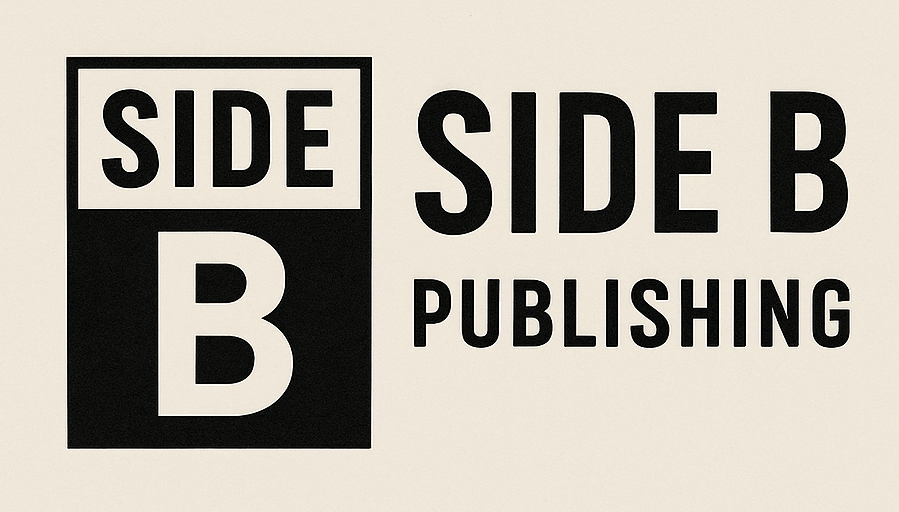The Evolution of Hearing Aids (And Why It Matters)
If the word “hearing aids” makes you think of your grandmother’s beige, squealing devices, you’re not alone. Many people hesitate to consider hearing aids because they fear looking old or dealing with clunky, obvious devices.
But today’s hearing aids are nothing like the past.
In The Hearing Aid Handbook, I share the evolution:
🦻 From the bulky ear trumpets of the 1800s to the first electric amplifiers
🦻 To behind-the-ear devices with wires and body packs
🦻 To the breakthrough of digital hearing aids in the 1990s, which allowed sound to be customized for your unique hearing loss
🦻 To today’s smart devices that can:
Stream phone calls and music directly to your ears
Automatically adjust to different environments
Filter out background noise while enhancing speech
Be controlled via your smartphone for personal fine-tuning
What does this mean for you? You can have clearer hearing without sacrificing your lifestyle or drawing unwanted attention. Today’s hearing aids are small, smart, and designed to help you stay connected—without announcing themselves to the world.
The stigma surrounding hearing aids often comes from outdated images, but if you’ve seen someone wearing modern devices and didn’t even notice, that’s proof of how far technology has come.
Your choice today is not between hearing well or looking good. It’s about living fully, participating in conversations, and hearing the world around you with clarity and confidence.
If The Hearing Aid Handbook has helped you understand your options and take the next step, please consider leaving a review on Amazon. Your feedback helps others find the support they need to embrace this part of their journey.
And if you haven’t yet, I’d love for you to like Side B Publishing on Facebook. It’s a place for practical resources, honest encouragement, and community support for your Side B journey.
Because your hearing journey deserves today’s best technology—and you deserve to live fully in every chapter.
